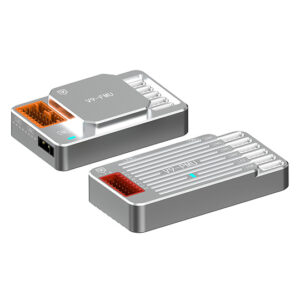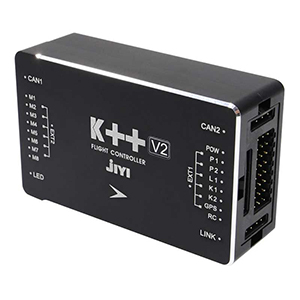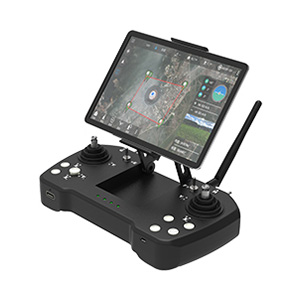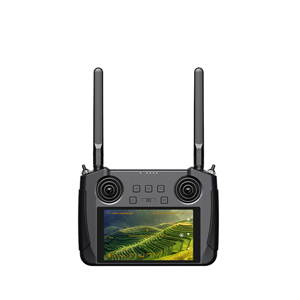Introduction to Agriculture Drones:
Revolutionizing Farming
Practices

Introduction:
In recent years, agriculture has seen a transformative shift with the advent of technology, particularly with the integration of drones. These unmanned aerial vehicles (UAVs) are not just gadgets; they are powerful tools that are revolutionizing farming practices worldwide. In this blog post, we’ll explore what agriculture drones are, their evolution, applications in modern farming, benefits, challenges and what the future holds for this exciting technology.
What are Agriculture Drones?
Agriculture drones, also known as agricultural UAVs, are specialized drones designed to assist farmers and agronomists in various farming activities. Unlike recreational drones, agriculture drones are equipped with advanced sensors, cameras and data analytics capabilities tailored for agricultural use. They can fly autonomously or be operated remotely by trained personnel.
Applications in Agriculture
The applications of agriculture drones are diverse and impactful:
Precision Agriculture:
Drones enable precision farming practices by providing real-time data on soil health, crop growth, and pest infestations. This data allows farmers to make informed decisions about irrigation, fertilization, and pest control.
Crop Monitoring and Management:
Drones can monitor crop health and growth patterns across large fields, detecting early signs of disease, nutrient deficiencies, or water stress.
Mapping and Surveying:
High-resolution cameras and mapping software onboard drones facilitate accurate field mapping and surveying, aiding in land management and planning.
Spraying and Seeding:
Some drones are equipped with sprayers or seed dispersal systems, allowing for precise application of fertilizers, herbicides, or seeds without the need for large-scale machinery.

Benefits of Agriculture Drones
The adoption of agriculture drones offers numerous benefits to farmers:
Improved Efficiency:
Drones reduce the time and labor required for tasks such as crop scouting and spraying, thereby increasing overall operational efficiency.
Cost Savings:
By optimizing resource use (e.g., water, fertilizers, pesticides), drones help reduce input costs while maximizing yields.
Environmental Sustainability:
Drones promote sustainable farming practices by minimizing chemical usage, reducing soil erosion, and improving water management.
Data-Driven Insights:
The data collected by drones provide valuable insights into crop health, enabling proactive decision-making and maximizing crop yields.
Challenges and Considerations
Despite their benefits, agriculture drones present some challenges:
Regulatory Compliance:
Different countries have varying regulations regarding drone usage in agriculture. Farmers must comply with local laws and obtain necessary permits.
Initial Investment:
The upfront cost of purchasing drones and related equipment can be significant, although the long-term benefits often outweigh the initial investment.
Skill and Training:
Operating agriculture drones requires training and expertise in drone piloting, data analysis, and maintenance.
Conclusion:
In conclusion, agriculture drones represent a technological breakthrough that is reshaping the agricultural landscape. As farmers continue to embrace these innovations, the potential for increased productivity, sustainability and profitability in agriculture grows exponentially. Looking ahead, ongoing advancements in drone technology and data analytics promise even greater opportunities for optimizing farming practices and feeding a growing global population sustainably.
